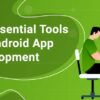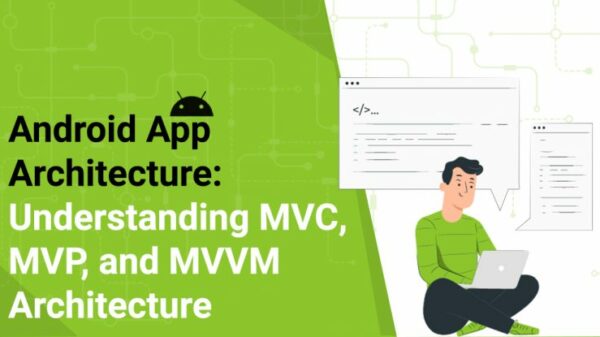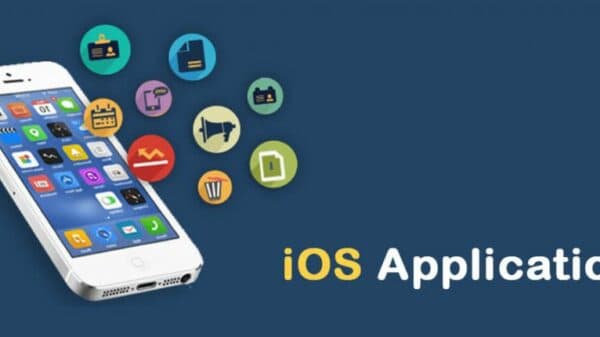Ventures to Build Your Own Android Application
On the off chance that you are perusing this instructional exercise, it implies you are likely new to Android application improvement administrations. Try not to stress we will partition this instructional exercise into various parts to make it simple for you. The guide offers simple and helpful data with respect to android application advancement for amateurs. How about we begin by following these means:
Before you begin, there are three essential things that you should know, for example,
Android OS is made utilizing Java, so learning about Java is dependably an advantage on the off chance that you need to build up an application for Android.
At that point, you should get Android SDK, which is Android’s essential application composing program like Android Studio or Eclipse, the Java Software Development Kit (JDK). The inherent highlights of Android SDK give the base expected to construct some incredible portable applications and giving an extraordinary chance to designers and business visionaries.
Presently, you are good to go!
Stage 1: Start with Android Studio
The most widely recognized IDE for Android advancement is Android Studio, which comes straightforwardly from Google itself. The astonishing thing about Android Studio is that it is planned particularly for Android application improvement administrations.
Stage 2: Installation of Java Development Kit (JDK)
After the establishment of Android Studio, it’s the ideal opportunity for some more positive activity! You likewise need to introduce Java on your machine to utilize Android Studio. The JDK can decipher and order your code for the application advancement.
Stage 3: Start Your Project
Pick ‘Begin another Android Studio Project’ choice. Enter the name you need for your application and your ‘organization space’. Every one of these components will be utilized to make your bundle name in an organization like:
com.companyname.appname
Stage 4: Select Activity
Also, you’ll be given the alternative to pick the way you need the application to take a gander toward the start. This will be the look of your fundamental ‘Movement Module’ which is essentially the primary page of your application. There are different fields accessible which you need to pick as indicated by your application needs, for example, layouts, title, access to Google maps, full-screen action, clear action and so forth. According to my view, it’s smarter to go for ‘Essential Activity’ to keep things as straightforward as could be allowed and in every way that really matters.
Stage 5: Selecting the Layout
Presently, you need to pick a format name for the chose action. This will characterize that where components like pictures and menus go and what textual styles you’ll utilize. Pick a name for the menu and title too. Pick something alluring for the title, as your clients will have the capacity to see this at a few focuses.
Stage 6: Edit the Welcome Message
Go to the activity_main.xml tab on the off chance that it isn’t open. Snap and drag the “Welcome, world!” from the upper left corner of the telephone show to the focal point of the screen. At that point go to the qualities envelope, and double tap the strings.xml document. In this document, discover the line “Hi world!” and include “Welcome to my App!”
Stage 7: Adding Button to your Activity
In the Palette menu to one side of show, discover Button. Snap and drag Button to be situated underneath welcome message. A short time later, go to properties and discover the field for content. Change the content from “New Button” to “Next Page”.
Presently return to your content_main.xml and tap on the catch. In the correct corner, where you have your parameters for the catch, you will get a choice called ‘on Click’. Tap on this and afterward select the ‘onClick’. By doing this, you have disclosed to Android Studio that you need to connect the area of code with the catch made.

























































































































































































